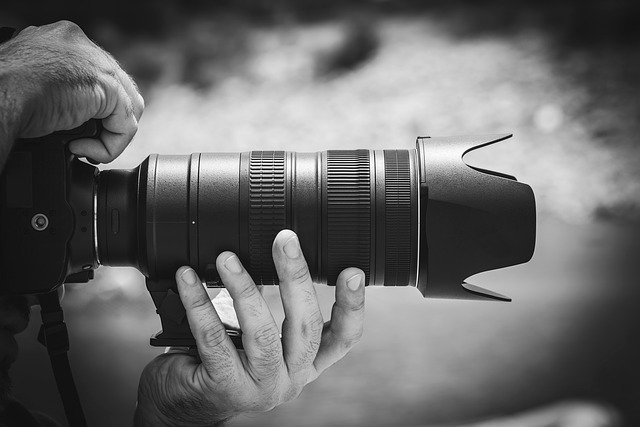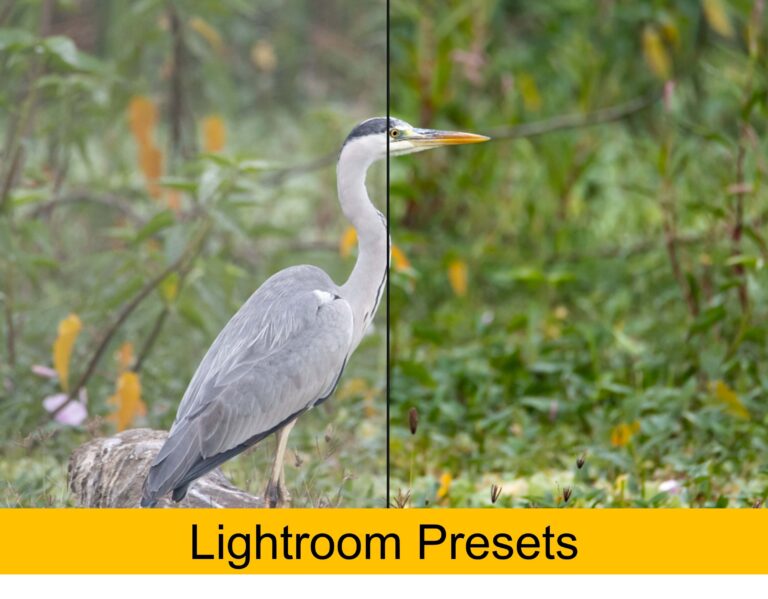Single Lens Reflex is also known SLR. Single lens reflex cameras were available in many forms and shapes since long time, using film as the recording medium. However, the first digital SLR or DSLR camera commercially available with an image sensor was introduced in 1991.
The DSLR meaning a digital version of SLR camera where the image is stored not on a film but on a memory card in digital format.
DSLR cameras are more versatile than point-and-shoot or phone cameras. They can use interchangeable lenses of various focal lengths and aperture values similar to film SLR camera.
In recent days mirrorless cameras are also coming up fast. You can read more about mirrorless cameras and difference between DSLR and mirrorless cameras.
What is the full form of DSLR ?
The full form of DSLR is “Digital Single Lens Reflex Camera”. It is an extension of old SLR camera technology with addition of Digital recording medium and image format as against the film format.
In recent days mirrorless cameras are also coming up fast.
What does a DLSR consist of ?
A typical DSLR camera consists of various components as listed below.
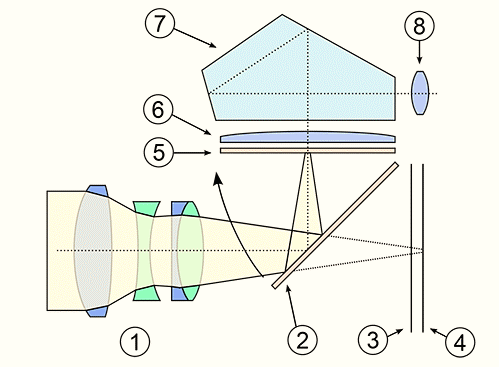
Parts of DSLR camera
- Lens
- Mirror
- Shutter
- Image Sensor
- Focusing screen
- Condenser lens
- Pentaprism
- Eye Piece
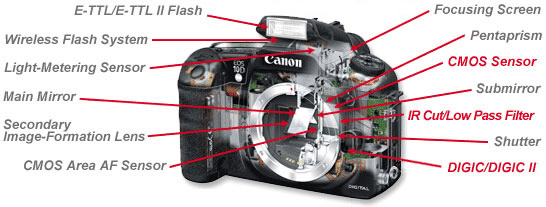
What is DSLR camera ? How does it work ?
The viewfinder/eyepiece of the DSLR camera is attached to the back of your camera. This means that whatever you see passes through the lens, so you can be seeing exactly what you are trying to capture.
Light from the scene you want to capture is transmitted through the lens ( Prime or Zoom) to a reflex mirror (#2), which sits at 45 degrees inside the camera chamber. This then directs the light vertically to an optical element known as a “pentaprism”, (#7). The pentaprism converts vertical light into horizontal light by redirecting it through two mirrors that are directly in front of the viewfinder (#8).
The reflex mirror (#2) swings up when you take a photograph. It blocks the vertical pathway and allows the light through to the shutter. The shutter (#3) then opens and the light reaches (#4) the image sensor.
The shutter (#3) can remain open as long as necessary for the image sensor to record the image. After that, the shutter (#3) closes. The reflex mirror (#2) then drops to the 45-degree angle to redirect the light into the viewfinder.
The process does not end there. The camera then performs a lot more complicated image processing. Camera processor reads the data from the sensor and converts it to a suitable format before writing it onto a memory card.
This entire process is very fast, and professional DSLRs can record more than 10 images per second
DSLR cameras can also record images in RAW image format. This gives greater flexibility to edit DSLR images in post processing.

Photo by Niklas Hamann on Unsplash 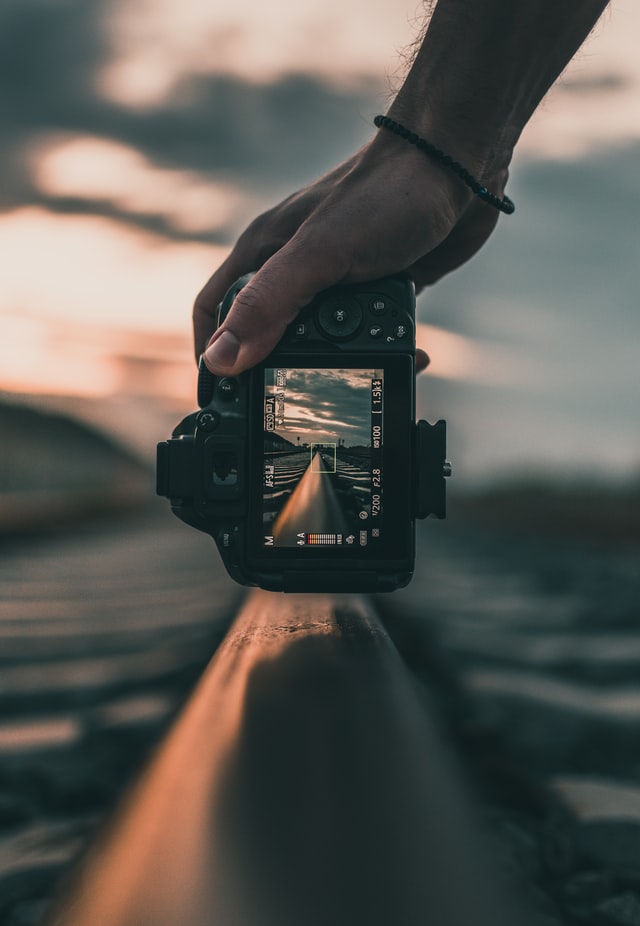
Photo by Fotis Fotopoulos on Unsplash
What is the cost of DSLR camera ?
DSLR cameras can cost anywhere from 500$ to upward of 2500$ depending on the camera features , camera resolution and continuous shooting speed.
Typical consumer level DSLR cameras cost around 500$ to 700$. Enthusiast DSLR cameras cost around 1000$ – 1500$ while the professional DSLRs can cost north of 2500$.
The DSLR cameras also need various lenses and other accessories to take great pictures and the total cost is generally very high.
What are popular DSLR Cameras in the market ?
Following are some of the popular DSLR cameras from two main manufacturers Canon and Nikon.
Canon DSLR
- Canon 1500D
- Canon 850D
- Canon 80D
- Canon90D
- canon 6D Mark II
- Canon 5D Mark IV
- Canon 1D Mark IV
Nikon DSLR
- Nikon D3500
- Nikon D5600
- Nikon D7500
- Nikon D500
- Nikon D780
- Nikon D850
- Nikon D6
Advantages of DSLR cameras
- User can view the images immediately
- Auto-focus technology with continuous focus on moving subjects possible
- Fast shooting speeds
- Massive storage space for memory cards
- Battery life is long-lasting
- Interchangeable lenses for various purposes can be used for great results

How do point and shoot cameras differ from SLR cameras ?
SLR and point-and-shoot cameras can be distinguished by the size of their camera bodies, lenses, sensor sizes, and other functions.
Size and weight
SLR cameras are larger and heavier than point and shoot cameras. Compact cameras (also known as point and shoot) are small and can be carried around in your bag or pocket.
SLR cameras are bulky and heavy, making them difficult to carry.
Interchangeable Lenses and external Flash
Professional photographers need to use different lenses. It may surprise you to learn that point-and-shoot cameras cannot be used for lens changes. External flashes can also not be mounted on these cameras.
Today’s top-quality point-and shoot cameras have great zoom and focus capabilities but have limitations in terms of image quality at extreme focal lengths due to same lens being used for all purposes.
SLR cameras, on the other hand allow you to improve the quality of your images by using different lenses dedicated for that purpose.
Sensor Size and Advanced Settings
SLR cameras have larger sensors than point-and-shoot cameras, which allows them to capture better quality images.
A larger sensor also captures more light. This makes it ideal for taking great pictures in low light conditions. SLR cameras are able to capture more pictures in low light.
You can also use the camera setting to make the difference in image quality. SLR cameras have more control over camera settings than point-and-shoot cameras. SLR cameras can be adjusted for Shutter Speed, Aperture, and White Balance. Point and shoot cameras, on the other hand, do not have basic shutter speed-changing options. An external flash can be mounted on SLR cameras, but not on point-and-shoot.
Cost
You can easily see the differences between both cameras by looking at their prices. The price of a good SLR camera, such as a DSLR, starts around $500 and goes upto $3000. If you add a lens to the equation, it will go up further . A good point-and-shoot camera is available for as low as $200 to $300.
Difference between entry level DSLR and professional DSLR
Entry and professional DSLR cameras differ in following aspects.
- Sensor size : Entry level DSLR camera uses cropped sensor vs full frame sensor for professional DSLR
- Sensor resolution : Professional cameras generally have higher Megapixel count
- Shooting speed : Professional cameras have much higher continuous shooting speeds
- Video Capabilities : Professional DSLR cameras these days have better video capabilities and can Shoot 4K video at 60FPS.
- Other features : Features related to various settings , lens options , auto focus speeds , audio recording etc. are better for professional DSLRs.
What does body only mean ?
When you are buying a DSLR camera you can buy only the camera body or you can buy the camera and lens bundle. The first option where you buy only the camera is known as Body Only. The second option is generally with kit lens , suitable for first time DSLR buyers.
How long DSLR cameras last ?
Most DSLR cameras should easily last for several years. A typical DSLR camera will have a life of 8 to 10 years. Life of DSLR camera is also measured in terms of shutter count. DSLR cameras can generally last for 200,000 shutter count.
How much does a digital camera weigh ?
A DSLR camera can weigh anywhere from 500 gms to 1500 gms depending on the camera model. Cheaper consumer grade cameras weigh less , while professional DSLR cameras with additional battery grip weigh lot more.
Why are DSLR so expensive ?
DSLR cameras are expensive because of the complex nature of its design and manufacturing. The sensor and the processor form the biggest cost of the camera followed by the body and shutter + mirror.
How is the audio from DSLR camera ?
The internal built-in mic of a DSLR camera is really bad and produces hollow sound on most occasions. Using an external microphone is always preferred to get high quality audio from a DSLR camera.
You can read our post to know all about best DSLR microphones.
Summary
Overall if you are a beginner, then you can start your photography journey with a entry level DSLR and a kit lens and then slowly upgrade your camera and lens for better more expensive models.
